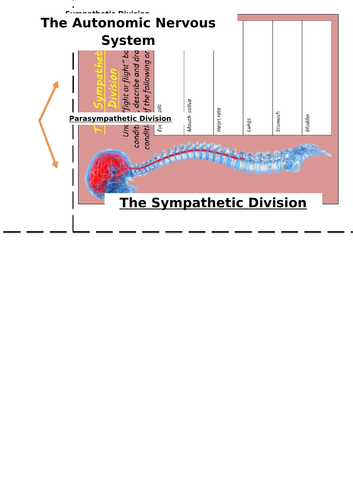



Complete lesson powerpoint and worksheets. Also includes a foldable activity and exam questions and mark schemes.
Covers the spec point on the structure and function of the nervous system. Includes the divisions of the human nervous system, central, peripheral (somatic and autonomic) and the basic functions of these divisions.
Also covers the autonomic nervous system, fight or flight response and the James-Lange theory of emotion.
Does require usage from the AQA GCSE Psychology textbook for one of the activities.
This can cover around 2-3 hours of lesson time.
Get this resource as part of a bundle and save up to 3%
A bundle is a package of resources grouped together to teach a particular topic, or a series of lessons, in one place.
Something went wrong, please try again later.
This resource hasn't been reviewed yet
To ensure quality for our reviews, only customers who have purchased this resource can review it
Report this resourceto let us know if it violates our terms and conditions.
Our customer service team will review your report and will be in touch.
